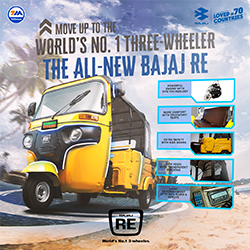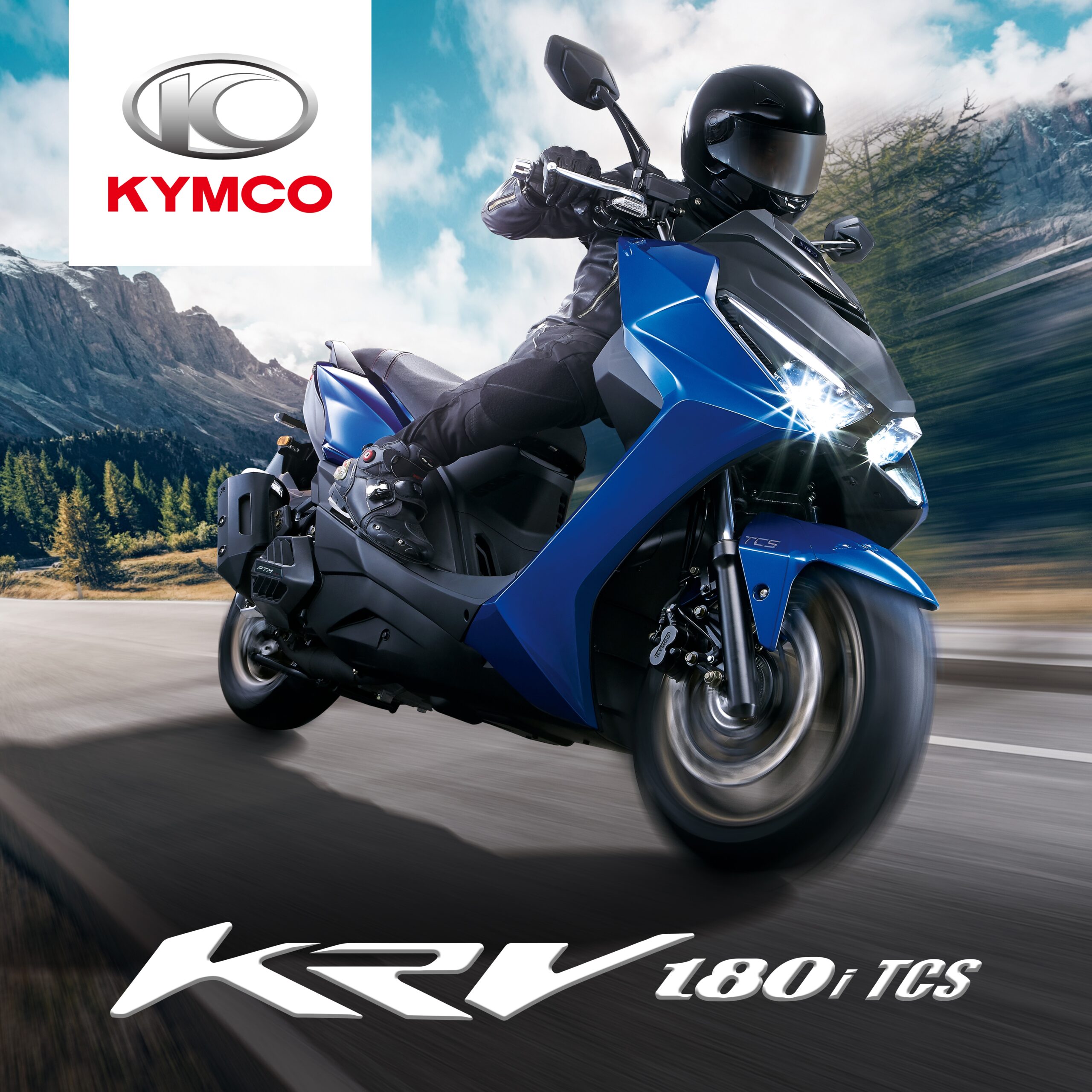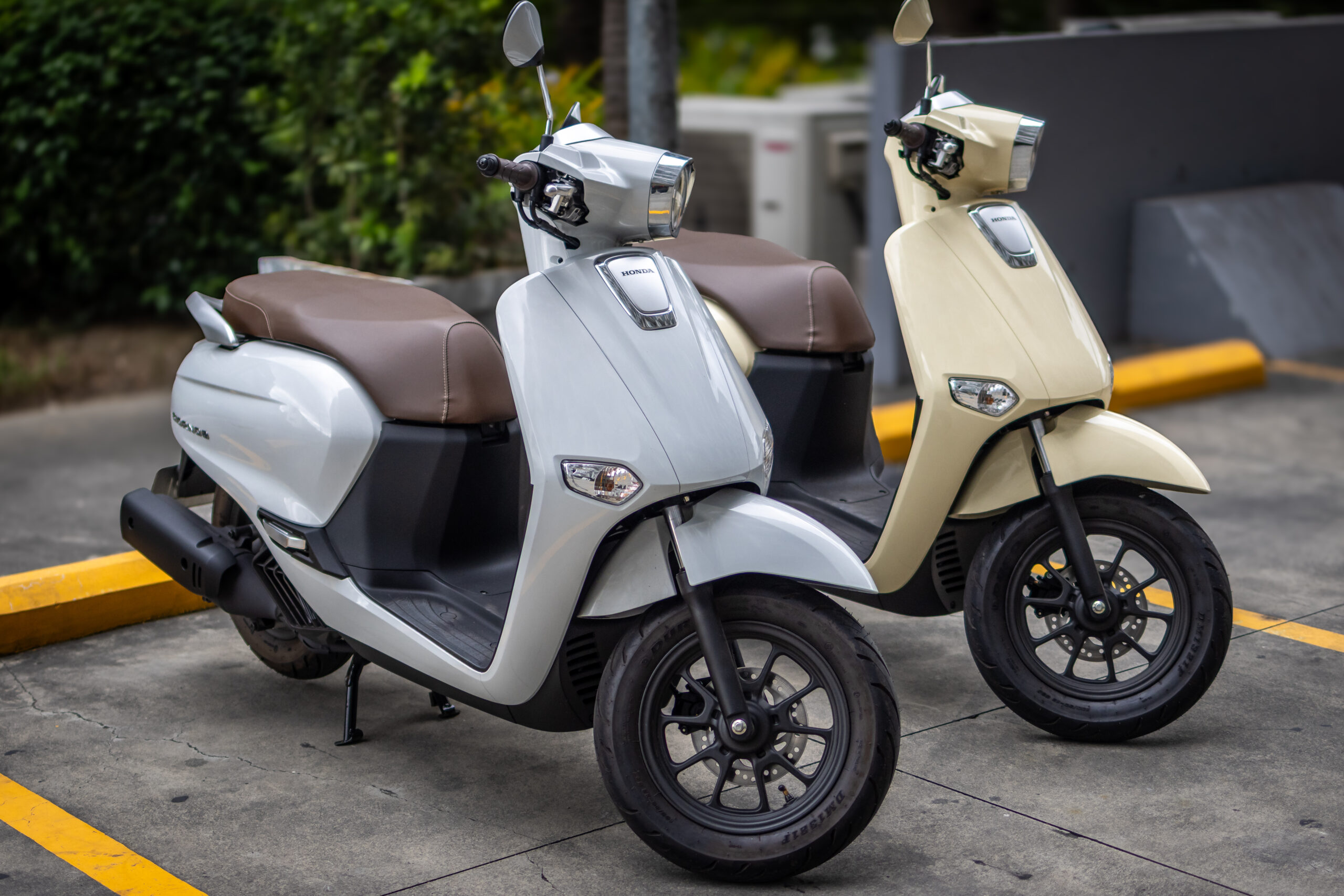Ultimate List to Have in Mind When Looking for That Perfect Smartphone for You

In this modern digital age, even the tech-savvy among us admit that they too can get easily get lost in the sea of products and devices that are advertised to be the supposed latest ‘game-changer’ in the tech industry. And as such, nowadays one must be even more vigilant in choosing what kind of smartphone that can really keep up with his basic needs.
And though many may say that making that decision is easily more said than done, on the contrary, one only actually needs to just look for certain essential factors that should be present for you to get that perfect smartphone experience attuned to your lifestyle.
And with the Holiday rush clearly in full-swing already, we are out to lend a helping hand by conveniently listing down and summarizing these factors into the four basic yet important must-haves – some often overlooked – that would make just anyone and everyone’s lives easier when deciding what particular smartphone they should purchase.
At the end of this brief and informative article, you will surprise yourself by now wisely knowing what specific factors and features you would first want to consider before purchasing that smartphone really meant for you.
 Choose a smartphone with at least 1GB RAM
Choose a smartphone with at least 1GB RAM
Random Access Memory, or RAM, is the smartphone part that few of us think about, and yet it’s absolutely vital to everything we do. If your smartphone lacks memory then your stuff will soon slow to a crawl — and that’s why we recommended a smartphone with at least 1GB of RAM. Why 1GB? Because apps are always growing in size, so you need enough memory to run everything you want.
Consider Facebook — that’s about 70MB alone. Now launch Twitter, and that’s another 60MB or so. Instragram? That needs around 30MB. And all that just for starters! Now think of everything else you might use on a daily basis! You can see how quickly it all adds up — and that’s before you think about any documents you might open in these apps, or pictures you might view, or games you might play, or what Android needs for itself. So, RAM’s really important — now let’s break down a bit more…
- Why 1GB RAM?
Remarkably, many low-cost smartphones have less than 1GB RAM. It’s important to check, else that ‘bargain’ smartphone might burden you with 768MB or even a mere 512MB of memory. Seriously, it’s just not enough — and you’ll feel the pain every day. Apps will run slowly, and even switching between tasks will feel like it takes forever. And in the future you might not even be able to run some apps because a lack of memory. This chart shows why buying a smartphone with less than 1GB of RAM is a mistake:
| Running Apps | RAM Required | Remaining RAM |
| 70MB | 307MB Used by Running Apps 85MB Used by Other Apps & System 608MB RAM Available |
|
| 60MB | ||
| 30MB | ||
| 23MB | ||
| 15MB | ||
| Path | 9MB | |
| BBM | 100MB |
With a 1GB smartphone, such as any ASUS ZenFone model, you’ll have plenty of RAM to spare — even with all these apps running. On a lesser model, with just 512MB of memory, you’ll pretty much have reached the limit!
- Why 2GB RAM?
If you think you’ll need more RAM and even better performance then consider a smartphone with 2GB RAM or more. The Android 5 (Lollipop) operating system, for instance, gobbles up loads of of memory just for itself — so 2GB gives Android and everything else on your smartphone more room to work. Also, some of the newest applications out there demand a lot of memory to run properly. So, remembering our table above, a smartphone with 2GB RAM would leave you 1.6GB left to run more apps — and that’s plenty for most things you’ll want to do!
 Choose smartphone with at least 8GB storage
Choose smartphone with at least 8GB storage
As with RAM, it might surprise you to learn that many affordable smartphones are fitted with only 4GB of internal storage — and honestly, that’s just not enough nowadays. Why? Well, we’re happy to explain…
- Many apps will install only to internal storage
For starters, many apps can be installed only on the device’s internal storage — so promises of expanding the memory by inserting a micro SD card are worthless in this regard. Of course, if you remember our earlier table you might think 4GB is plenty. But think again! Android 5.0 (Lollipop) along takes up around 3GB, leaving a paltry 1GB for your own apps and content. And you can pretty much forget being able to upgrade to later versions of Android, as you won’t have enough space to do the job. And don’t forget that many apps grow as you use them, so with a 4GB smartphone you’ll very quickly run out of space — and your device will be effectively useless to you. Here’s another simple table to highlight the problem:
| Running Apps | Storage Needed | Remaining Storage |
| 340MB |
Total Used Storage 6.06GB
2GB Storage Available |
|
| 60MB | ||
| 30MB | ||
| 85MB | ||
| 48MB | ||
| Path | 12MB | |
| BBM | 85MB | |
| Internal Apps | 2.85GB | |
| Android System | 2.55GB |
Now this example below considers an 8GB smartphone with lots of popular apps in use and with typical storage requirements, leaving a comfortable 2GB of storage remaining to play with. Now imagine this same suite of apps on a 4GB handset — and you’ll see why you need to avoid such devices!
- Choose smartphone with 8GB internal storage
Only with this about of storage will you be able to download, install and run the apps you want, and allow them the space they need to expand as you use them. It’s also the only way to ensure you’ll be able to update to newer versions of Android, when they become available. And while we’re here, we should say that ideally you should go for a device with more than 8GB of storage — but now you understand why 8GB is the absolute minimum!
 Choose a smartphone with superior camera quality
Choose a smartphone with superior camera quality
For most of us, our smartphone camera is now our main camera. Because we now take it with us wherever we go, it is essential to choose a smartphone with a great camera — and great camera features! So, while the megapixel (MP) resolution is important, there’s more to grabbing a great smartphone snapper. Here’s what to shop for:
- Fast Focus
Near-instant focus is important, those precious moments are gone in the blink of an eye — and you’ll kick yourself if you miss the chance to capture your child’s first smile. So, look for a smartphone a fast auto-focus, and preferably one with a laser auto-focus that works as fast as 03 seconds. - Backlight Handling
You can’t guarantee the lighting of the locations where you shoot, so shop for a smartphone camera that offers a great HDR function — because this will capture the best photos, even when there’s a lot of light in the background. - Night Vision
A smartphone that can see in the dark? They exist — if you shop wisely! With a good low-light feature, you’ll capture great photos even when illumination is at a minimum, ensuring your subject is clearly visible and without noise or blur. - Skin–Tone Retention
It’s bad when photos look washed-out because the smartphone’s LED flash compensates for skin That’s why a smartphone with a dual-tone LED flash is very important, as it allows the smartphone to deliver the perfect light combination to keep skin tones looking beautifully natural. Dual-LED features have different names, such as Real Tone flash. - DSLR-Grade Controls
It is best if your smartphone has a manual mode that allows you to control every aspect of its camera. With this feature you can fine tune the shot for every scenario, and apply creative effects that you’ll never experience from automatic mode alone. - More Megapixels
And after all of the above, take into consideration the megapixel – because more of them means more detail Also look for features like ‘Super Resolution’, which combine multiple shots into one ‘Super Resolution’ photo for incredible detail.
 Choose a smartphone with a long battery life
Choose a smartphone with a long battery life
And finally… the battery! It’s the forgotten black brick that takes up most of the room inside your smartphone, and yet it’s the part that powers everything — so you need one with both the juice and durability to do everything you need. Here’s what you need to know:
- Battery capacity is the most important thing…
It might seem obvious that capacity is the most important aspect of a smartphone battery —and it is. Measured in milliampere-hour (or mAh), the bigger it is, the better. But there’s actually a bit more to it than that, because different smartphones consume those milliampere-hours at different rates. So be smart when you shop and consider these factors:
- Does the smartphone have a power-efficient processor? Many low-cost smartphones have inefficient processors that also produce a lot of heat.
- Is the antenna engineered to acquire the best reception? This is important because if your smartphone has a bad signal, it’ll use more power — and that’ll reduce the battery life.
- Has the manufacturer installed bloatware? If your smartphone is pre-loaded with lots of useless apps, they could be consuming power in the background — so buy a device that lets you remove unwanted apps.
- …but don’t forget the battery type
You’ve probably never given the TYPE of battery a second thought — but you really should. The most common type today is lithium-ion (or li-ion), and these are actually okay. But forward-thinking brands fit better lithium-ion-polymer (li-polymer, or li-poly) cells. The benefit of li-polymer cells are several:
- Li-polymer batteries have longer lifecycles
- Li-polymer batteries are easily moulded, often resulting in thinner smartphones
- Li-polymer don’t suffer from the ‘memory effect’, so can be charged at any time with degrading usefulness.
- Battery–saving software features
And before we go — a last word about software. Not all Android smartphones are equal, and some do more than others to extend battery life. So, check out what the manufacturer adds to Android to keep your smartphone’s cells in good shape!
-###-
AVAILABILITY & PRICING
For the latest information on the ASUS ZenFone 2 product portfolio series, may refer to http://bit.ly/IncredibleHolidaysMobile.
About ASUS
ASUS is a worldwide top-three consumer notebook vendor and maker of the world’s best-selling, most award-winning motherboards. A leading enterprise in the new digital era, ASUS designs and manufactures products that perfectly meet the needs of today’s digital home and office, with a broad portfolio that includes motherboards, graphics cards, optical drives, displays, desktop and all-in-one PCs, notebooks, netbooks, servers, multimedia devices, wireless solutions, networking devices, tablets, smartphones and wearables. Driven by innovation and committed to quality, ASUS won 4,326 awards in 2014 and is widely credited with revolutionizing the PC industry with its Eee PC™. ASUS has more than 16,000 employees around the globe with a world-class R&D team of 5,200 engineers. Company revenue for 2014 was approximately US$14.5 billion.























0 comments